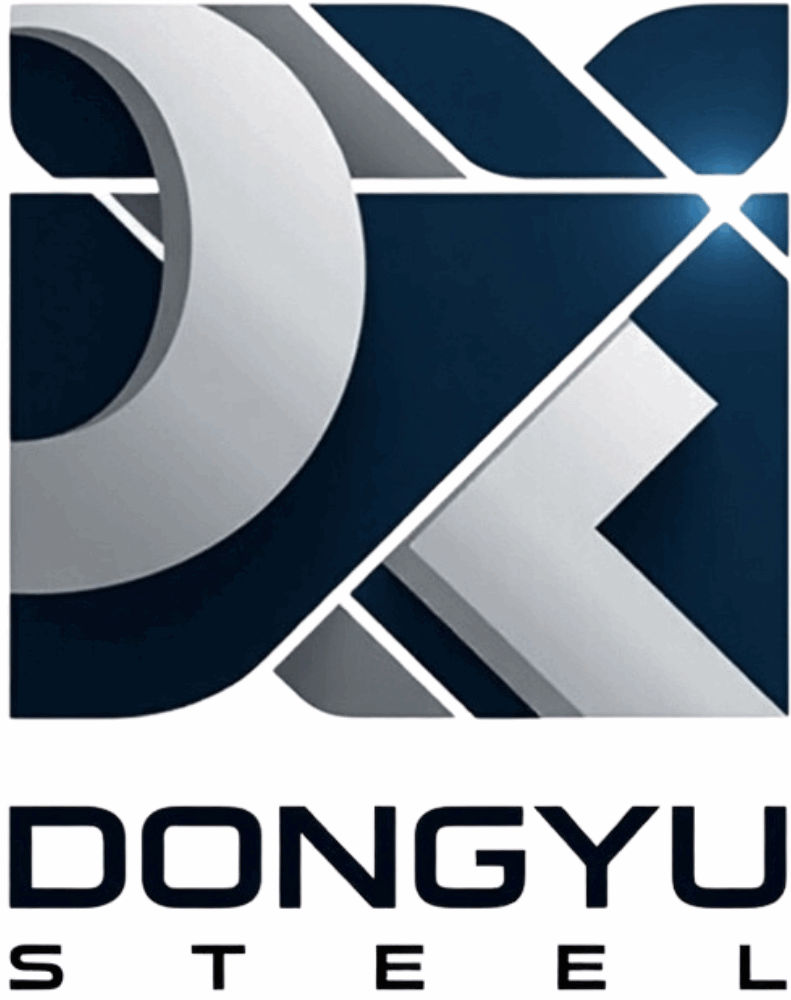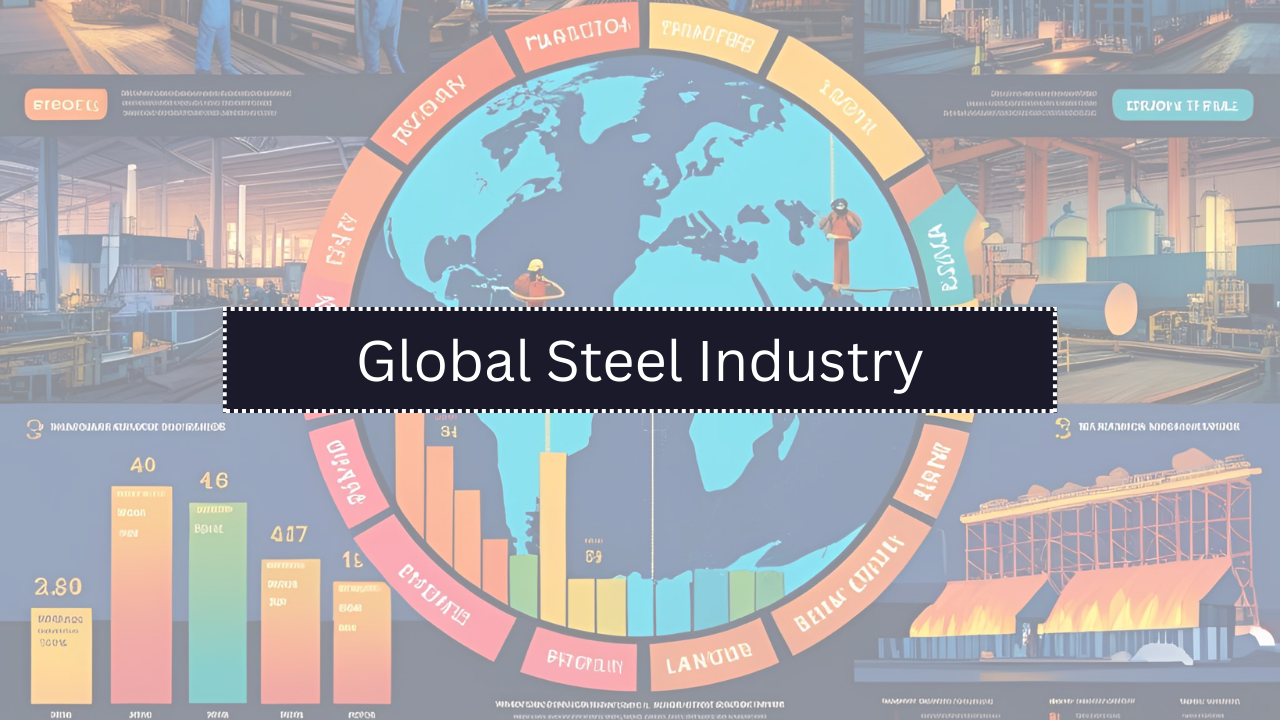The steel industry plays a key role in global economic development. Steel is widely used in construction, automotive, energy, infrastructure, and manufacturing industries. As we enter 2025, the global steel industry is expected to undergo significant changes driven by economic shifts, supply chain disruptions, environmental policies, and technological upgrades. This report gives a detailed analysis of the projected steel demand, production capacity, and pricing trends for 2025.
Key Highlights of the Global Steel Outlook 2025
- Worldwide steel demand is expected to grow steadily in emerging markets.
- Production will see a rise in Asia, while Western nations may witness moderate capacity increases.
- Raw material prices and energy costs will continue influencing steel pricing.
- Green steel and low-emission technologies will shape long-term market strategies.
- Geopolitical conflicts and trade regulations may affect supply routes.
Global Steel Demand Trends in 2025
Steel demand in 2025 will reflect global economic performance, infrastructure spending, and industrial activity. Developing countries, especially in Asia and Africa, are expected to be major demand drivers due to rapid urbanization and government investment in infrastructure.
Forecasted Demand Growth by Region (2025)
| Region | Estimated Steel Demand (in million tonnes) | Growth Rate (%) |
|---|---|---|
| Asia (excluding China) | 430 | 4.2% |
| China | 940 | 2.1% |
| Europe | 190 | 1.5% |
| North America | 150 | 1.2% |
| Middle East & Africa | 110 | 5.0% |
| Latin America | 95 | 2.7% |
| Global Total | 1,915 | 2.6% |
China will remain the largest consumer, but its growth rate will slow due to the shift from construction-led growth to a more service-oriented economy. On the other hand, India, Vietnam, Indonesia, and Nigeria are expected to show strong demand growth.
Steel Production Outlook for 2025
Steel supply in 2025 will be affected by new production capacity additions, energy transition goals, raw material availability, and technological shifts. While some countries invest in green production, others focus on boosting volume through conventional methods.
Projected Steel Production by Major Producers (2025)
| Country/Region | Estimated Output (in million tonnes) | Notable Factors |
|---|---|---|
| China | 1,020 | Capacity reduction policies, emission cuts |
| India | 150 | New blast furnaces, Make in India push |
| Japan | 85 | Shift to electric arc furnaces |
| USA | 80 | Reshoring, infrastructure investments |
| EU (collective) | 150 | Green steel projects, hydrogen usage |
| Russia | 70 | Export focus, sanctions impact |
| Brazil | 40 | Regional supply stability |
| Others | 320 | Expansions in Asia and Africa |
| Global Total | 1,915 |
New steel plants in India, Indonesia, and Egypt will add significant capacity. However, environmental concerns and rising energy costs may lead to slower growth in some European and American regions.
Steel Price Outlook 2025
Steel prices in 2025 are expected to remain volatile due to raw material costs, geopolitical tensions, and shipping delays. However, prices are likely to stabilize mid-year as supply chains adjust and global demand becomes clearer.
Expected Average Steel Prices (2025)
| Product Type | Average Price Range (USD/tonne) | Trend |
|---|---|---|
| Hot Rolled Coil (HRC) | $620 – $700 | Slightly upward |
| Cold Rolled Coil (CRC) | $700 – $780 | Stable |
| Rebar | $580 – $650 | Region-specific |
| Structural Steel | $650 – $740 | Gradual increase |
| Stainless Steel | $2,200 – $2,400 | Highly volatile |
Prices will remain under pressure from iron ore and coking coal markets. The price of hot rolled coil is expected to slightly rise due to increased infrastructure demand in Asia and the Middle East.
Factors Driving Steel Industry Trends in 2025
Multiple forces will shape the steel industry’s direction in 2025. From raw materials to regulations, each plays a role in influencing both demand and supply.
Key Drivers of Steel Trends
| Factor | Impact on Steel Market |
|---|---|
| Infrastructure Projects | Increase in long steel demand (rebar, beams) |
| Automotive & EV Sector | Demand for lightweight, high-strength steels |
| Environmental Regulations | Push towards electric arc furnaces and hydrogen-based steelmaking |
| Raw Material Prices | Higher iron ore and coal costs increase steel prices |
| Trade Policies & Sanctions | Regional shifts in supply chains, impact exports |
| Technological Advancements | AI, automation, and digitization enhance plant efficiency |
| Recycling & Scrap Availability | Increased use of scrap reduces dependence on virgin raw materials |
Countries with strong recycling systems, like the USA and Germany, are benefiting from reduced costs. Meanwhile, regions still dependent on virgin materials face higher production expenses.
Green Steel and Sustainability in 2025
Environmental sustainability is no longer optional in the steel industry. In 2025, major companies are investing heavily in green steel production using hydrogen, renewable electricity, and carbon capture methods.
Top Green Steel Initiatives
| Company | Project | Location | Goal |
|---|---|---|---|
| ArcelorMittal | Smart Carbon, hydrogen trials | Europe | 30% CO₂ reduction by 2030 |
| Tata Steel | HIsarna and hydrogen integration | Netherlands, India | Low-carbon production |
| SSAB | HYBRIT project | Sweden | Fossil-free steel by 2026 |
| POSCO | Green Hydrogen steel | South Korea | Net zero emissions by 2050 |
| JSW Steel | Renewable-powered EAFs | India | Cut emissions, increase recycling |
Investors and governments are supporting green steel initiatives with funding, tax credits, and partnerships. This trend will likely reshape how steel is produced over the next two decades.
Challenges Facing the Steel Industry in 2025
Despite growth opportunities, several issues could slow the industry’s momentum in 2025. Political instability, labor shortages, and logistics disruptions remain ongoing concerns.
Major Challenges in 2025
- High energy costs are putting pressure on margins, especially in Europe.
- Labor shortages are affecting production in some regions.
- Sanctions and trade barriers are disrupting traditional steel export-import channels.
- Recycling challenges due to inconsistent scrap quality.
- Volatile demand due to interest rate changes and housing market fluctuations.
Summing Up
The steel industry in 2025 stands at a crucial point of transformation. Demand from infrastructure, transport, and renewable energy sectors is rising, especially in developing countries. At the same time, global producers are under pressure to modernize and go green. While pricing volatility and geopolitical tensions pose risks, long-term prospects remain optimistic due to innovation, decarbonization, and strong emerging market growth.
Stakeholders who adapt to these changes—by investing in clean technologies, diversifying supply chains, and staying responsive to market trends—will likely lead the next chapter of the global steel story.

